Learning Japanese is an exciting and rewarding endeavor, but it can also be challenging for beginners. To ensure a successful language learning journey, it is crucial to select the right textbook, as it will serve as the foundation for your studies.
With a plethora of Japanese textbooks available in the market, choosing the best one for your specific needs and learning style is essential.
Various textbooks are designed for different skill levels, learning goals, and preferences. Some focus on conversational skills, while others emphasize grammar and vocabulary. To make the right choice, it’s essential to assess your goals and priorities as a learner.
For instance, are you aiming to focus on spoken Japanese for travel or everyday use, or do you want to delve deeper into the language’s intricacies and prepare for the Japanese Language Proficiency Test (JLPT)?
Considering these factors, evaluating different textbooks, and seeking recommendations from experienced learners or teachers is key. Well-regarded resources such as Genki, Japanese from Zero!, and Minna No Nihongo cater to various learning styles and offer comprehensive curricula, making them popular choices among beginners.
Ultimately, investing time in finding the best textbook will pay dividends throughout your Japanese learning experience.
Choosing the Right Textbook to Learn Japanese
When selecting the ideal textbook to learn Japanese, it’s essential to consider your current skill level and learning goals. A confident, knowledgeable, and neutral approach will help provide clear guidance in finding the most suitable resources.
For beginners, one of the most popular choices is “Genki.” This textbook offers a comprehensive introduction to basic grammar and vocabulary while developing listening, speaking, reading, and writing skills. Another excellent option for starting your Japanese learning journey is “Japanese from Zero!” which gradually introduces new concepts and vocabulary, allowing you to build a strong foundation.
As you progress to an intermediate level, textbooks like “Tobira: Gateway to Advanced Japanese” provide more in-depth grammar explanations and a broader range of vocabulary and kanji. The “An Integrated Approach to Intermediate Japanese” textbook covers various real-life topics, expanding your knowledge of Japanese culture and everyday situations.
Advanced learners will benefit from textbooks that delve into complex grammatical structures and intricate vocabulary. “Authentic Japanese: Progressing from Intermediate to Advanced” is a practical option for further enhancing language proficiency. This book includes extensive readings and audio materials to refine your listening and reading comprehension skills.
Those who prefer self-study can find various resources tailored to individual learning styles. For instance, “Remembering the Kanji” focuses on teaching kanji through mnemonic techniques to aid memory retention. Another self-study option is LingoDeer’s Japanese language app, which offers customized learning paths for different skill levels.
In summary, selecting the right textbook is crucial to your success in learning Japanese. Consider your language proficiency, learning goals, and preferred learning style when choosing resources that align with your needs. With suitable materials, you’ll be able to progress and achieve your desired fluency steadily.
Best Beginner Textbooks
Genki
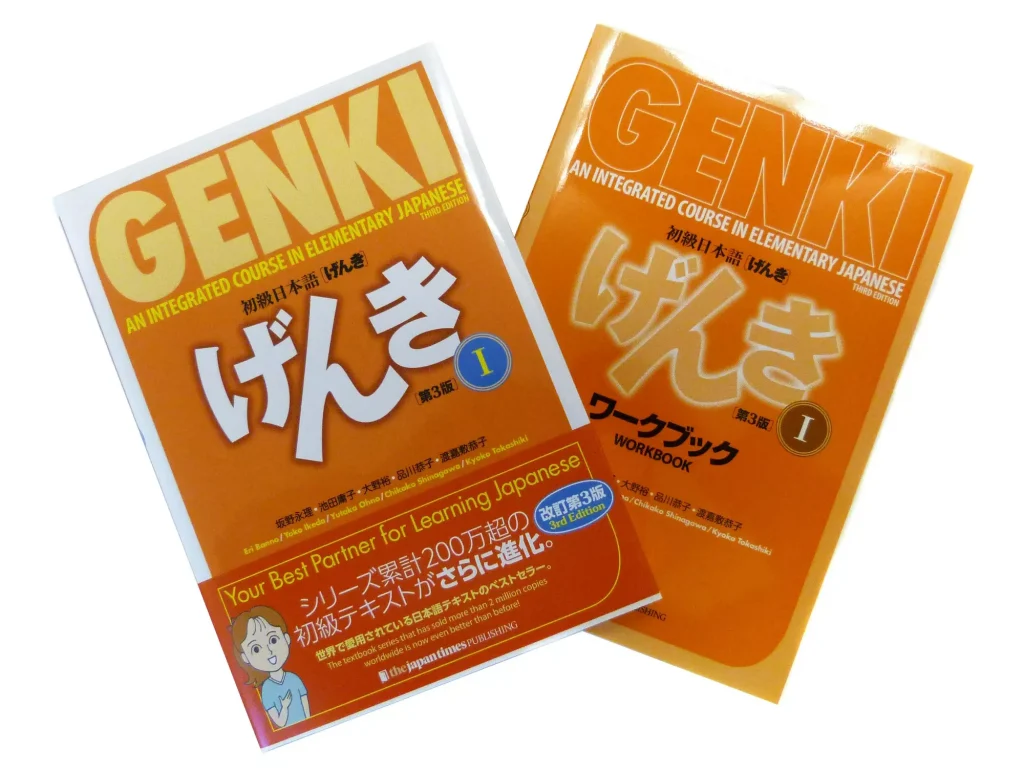
Genki is a widely popular Japanese textbook series for beginners. It effectively covers all elements necessary for language learning, including grammar, vocabulary, listening, and reading comprehension. The textbook uses a mix of hiragana, katakana, and romaji. Genki is easy to understand and provides a solid foundation for learners to progress in their language journey.
Minna No Nihongo
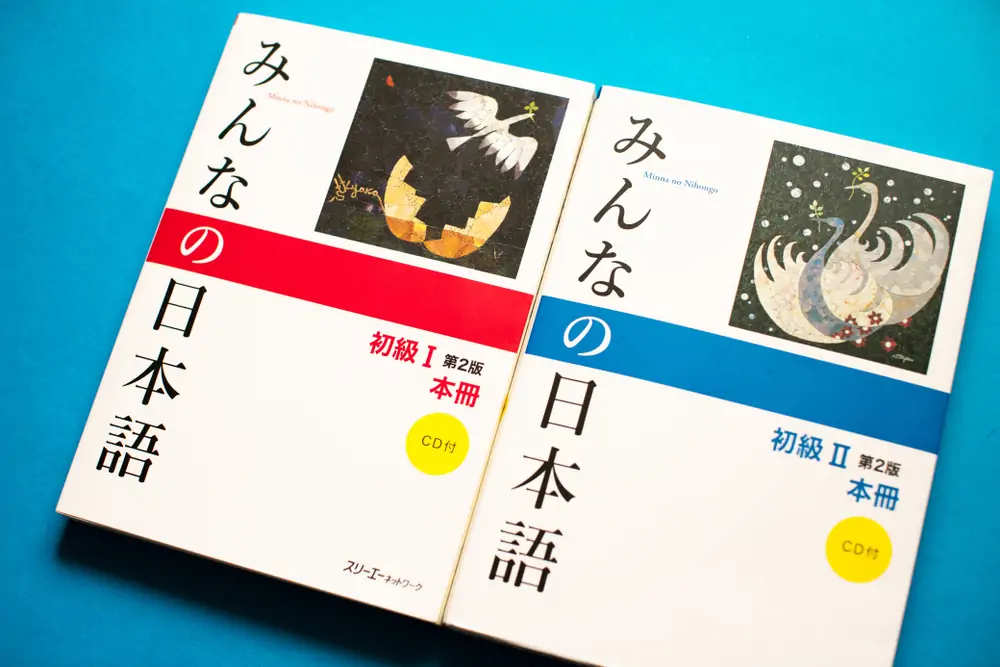
Minna No Nihongo is another excellent choice for beginners. The textbooks are known for their comprehensive approach to teaching grammar and vocabulary, and they are written entirely in Japanese. This provides an immersive experience for users to learn the language in context. Learners should be prepared to practice both hiragana and katakana, as romaji is not widely used in these books.
Japanese From Zero!
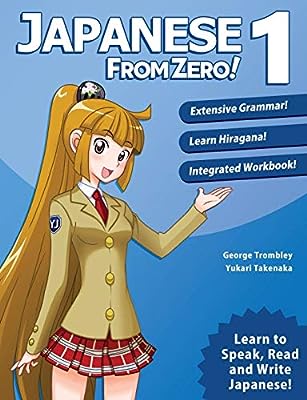
Japanese From Zero! is a beginner-friendly textbook series that starts with a focus on teaching hiragana. It gradually introduces katakana and basic kanji throughout the series. These books to learn Japanese are known for their clear explanations and engaging exercises, making them an ideal choice for those who prefer a step-by-step approach to learning Japanese.
Basic Kanji Book, Vol. 1
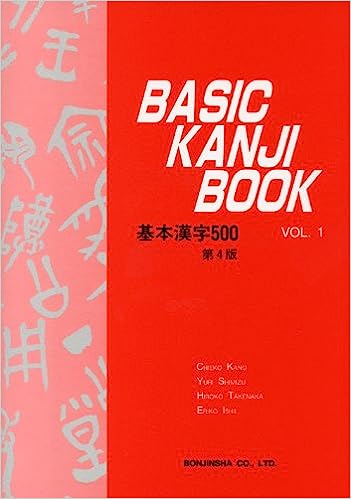
The Basic Kanji Book, Vol. 1, is a great resource for learners who want to focus on mastering kanji from the beginning. This textbook aims to teach the most common Japanese characters, with each lesson focusing on a specific group of kanji. The book includes ample practice exercises and mnemonics to help learners understand and memorize kanji easily.
Each of these beginner Japanese textbooks offers a unique approach tailored to different learning styles. By choosing a textbook that aligns with your personal goals and needs, you will be well on your way to mastering the Japanese language.
Best Intermediate Textbooks
Tobira
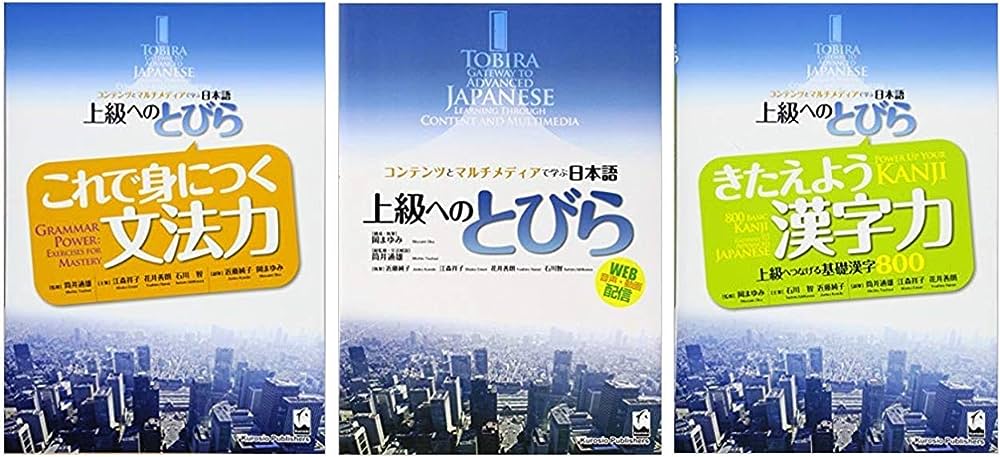
Tobira: Gateway to Advanced Japanese is a fantastic textbook for intermediate-level learners looking to expand their Japanese skills. This textbook challenges students by teaching almost entirely in kanji, hiragana, and katakana. It offers comprehensive lessons on grammar, vocabulary, and cultural knowledge, making it an excellent choice for students aiming to enhance their proficiency.
Japanese for Busy People II
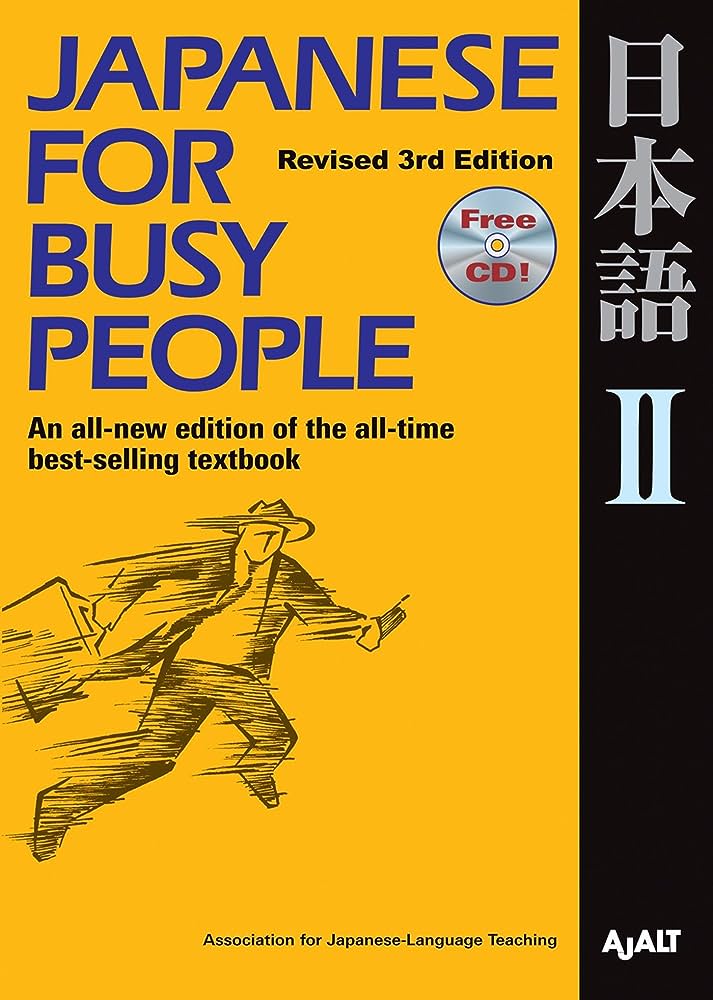
Japanese for Busy People II is the sequel to the popular beginner’s textbook, and it is designed for busy learners who are now at an intermediate level. The textbook focuses on practical everyday situations and expands on grammar and vocabulary knowledge. It caters to N4-level learners who are seeking a structured and accessible way to improve their Japanese skills.
Nakama 1
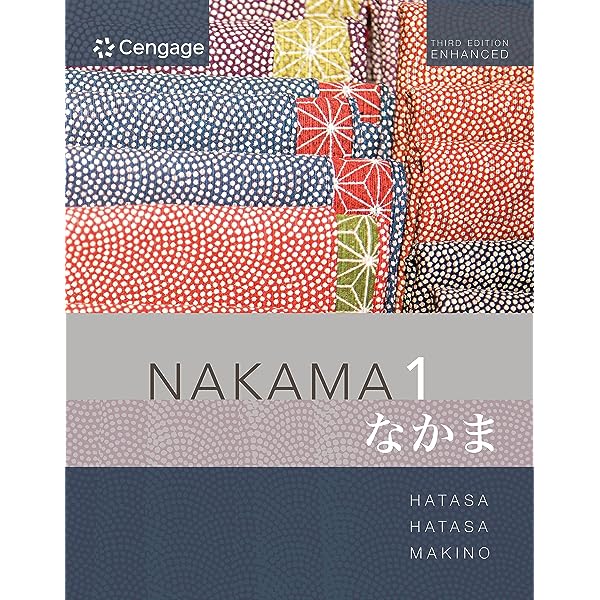
Nakama 1 is another excellent intermediate textbook that helps students develop a strong foundation in Japanese language and communication. It engages learners through its integrated approach to grammar, vocabulary, and cultural insights.
The textbook also incorporates interactive activities and exercises to reinforce learning and encourage genuine communication. Nakama 1 is suitable for students aiming to progress from the intermediate level toward advanced Japanese proficiency.
Best Advanced Textbooks
New Kanzen Master
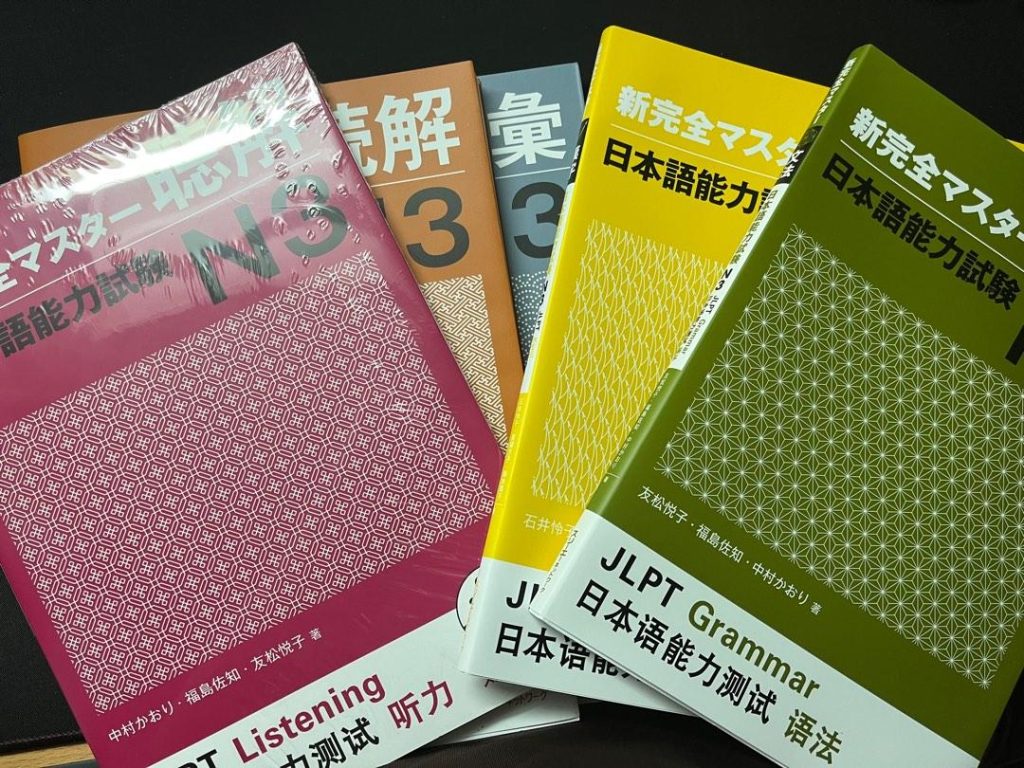
The New Kanzen Master series is a well-known collection of textbooks specifically designed to help learners achieve a high level of proficiency in Japanese. This series focuses on various aspects of the language, such as grammar, reading, listening, and kanji.
Each book in the series thoroughly covers a specific topic, enabling advanced learners to improve their skills in a targeted and efficient manner. The material is organized in a clear and structured way, making it easy to follow and practice.
The New Kanzen Master series is particularly geared towards students preparing for the higher levels of the Japanese Language Proficiency Test (JLPT), but it also serves as an excellent resource for anyone looking to acquire advanced Japanese language skills.
Read Real Japanese Fiction
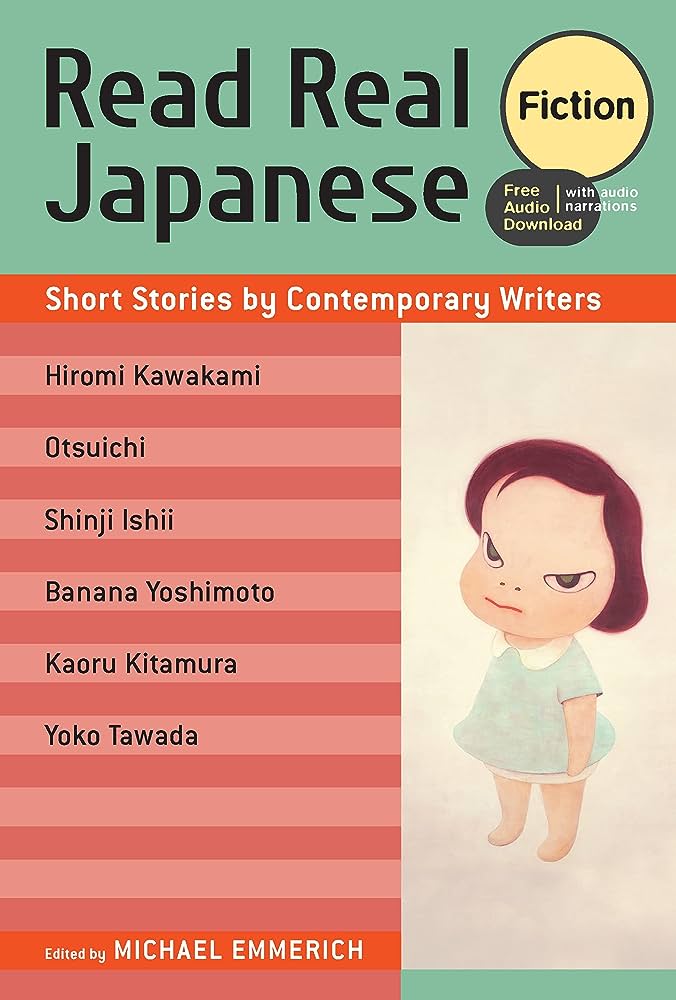
Read Real Japanese Fiction is another fantastic resource for advanced learners. This book offers a unique and immersive way to practice and enhance one’s Japanese reading comprehension skills through a selection of short stories written by acclaimed Japanese authors.
Each story is presented in its original, unaltered form, accompanied by English translations and explanations of difficult vocabulary and grammar points.
By engaging with authentic Japanese literature, learners can gain valuable insight into Japanese culture and develop a deeper understanding of the nuances and subtleties of the language.
By working through the diverse range of narratives, one can steadily improve their reading skills and expand their vocabulary while also enjoying captivating stories from contemporary Japanese authors.
Grammar and Vocabulary Resources
A Guide to Japanese Grammar
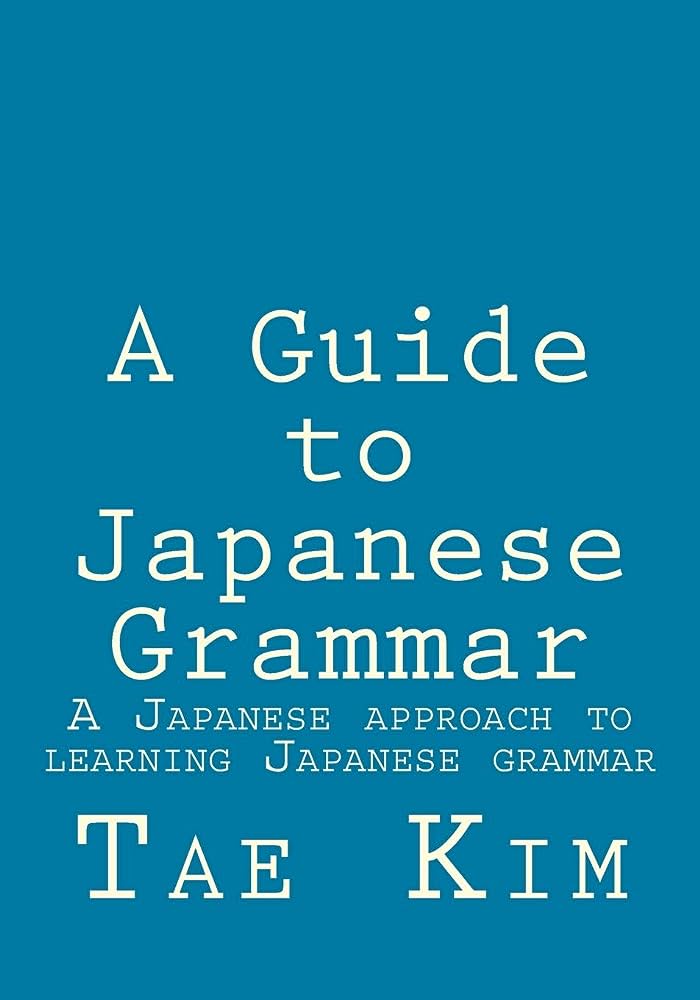
A Guide to Japanese Grammar is an excellent resource for both beginners and intermediate learners. It offers a clear and concise presentation of essential grammatical concepts, covering various aspects of the language. The guide includes explanations of syntax, verb conjugation, and idiomatic expressions, making it a valuable tool for understanding and mastering Japanese grammar.
This resource also incorporates practice exercises throughout the chapters, allowing learners to apply their newly acquired knowledge of Japanese sentence patterns. Furthermore, it delves into nuances and exceptions to grammar rules, providing additional clarity for those aiming to attain fluency in the language.
A Dictionary of Basic Japanese Grammar
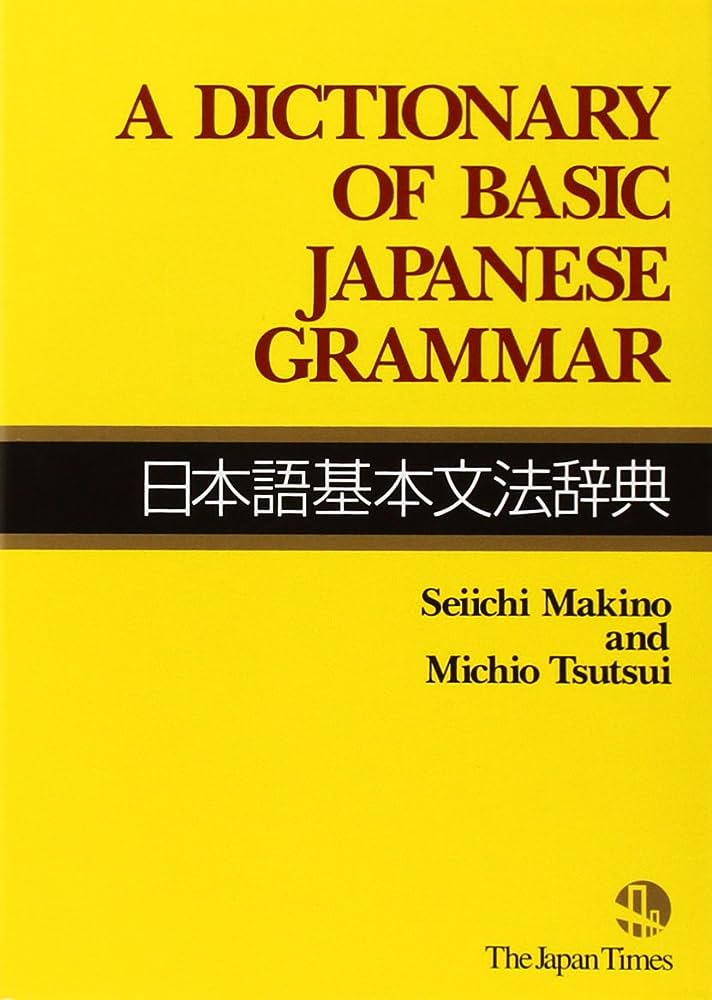
A Dictionary of Basic Japanese Grammar is another useful reference for students, as it provides comprehensive information on vocabulary and grammar principles. It covers fundamental concepts, such as particles and common Japanese collocations, enabling learners to grasp the intricacies of the language.
One of the distinguishing features of this dictionary is its thorough approach to explaining various usages of Japanese particles, which can be found in sections like “All About Particles” and “A Dictionary of Japanese Particles.” These sections are essential for Japanese students who wish to develop a strong foundation in both vocabulary and grammatical structures.
The dictionary also offers extensive examples to illustrate grammatical points and sentence structures, promoting a deeper understanding of the language. Overall, A Dictionary of Basic Japanese Grammar is an invaluable asset for those seeking to develop their Japanese language skills.
Kanji Learning Books
Learning kanji can be challenging, but with the right tools, it is possible to master this essential aspect of Japanese language study. In this section, we will discuss three powerful kanji learning resources: Remembering the Kanji and The Kodansha Kanji Learner’s Dictionary.
Remembering the Kanji
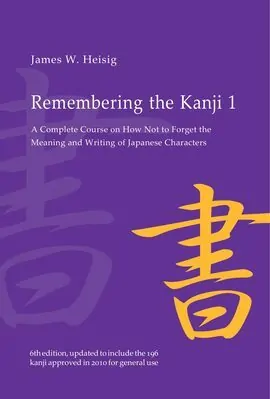
Remembering the Kanji by James Heisig is a popular and well-known book used to learn all 2,000+ daily use kanji required for literacy in Japanese. Designed with an effective approach, this resource focuses on teaching the correct stroke order and meaning of each kanji. It is suitable for learners of varying levels, from beginners to advanced students seeking to reinforce their kanji knowledge.
The Kodansha Kanji Learner’s Dictionary

The Kodansha Kanji Learner’s Dictionary is another valuable resource for learning kanji. This comprehensive dictionary covers over 3,000 kanji characters, arranged by their components and organized under their respective radicals. The dictionary includes readings, meanings, and example sentences to provide learners with context and understanding of kanji usage in everyday situations.
Key aspects of The Kodansha Kanji Learner’s Dictionary:
- Covers over 3,000 kanji characters
- Organized by radicals for easier search and reference
- Provides readings, meanings, and example sentences for context
With these resources at hand, learners can confidently build their kanji knowledge and enhance their Japanese language skills.
Reference Books
The Handbook of Japanese Verbs
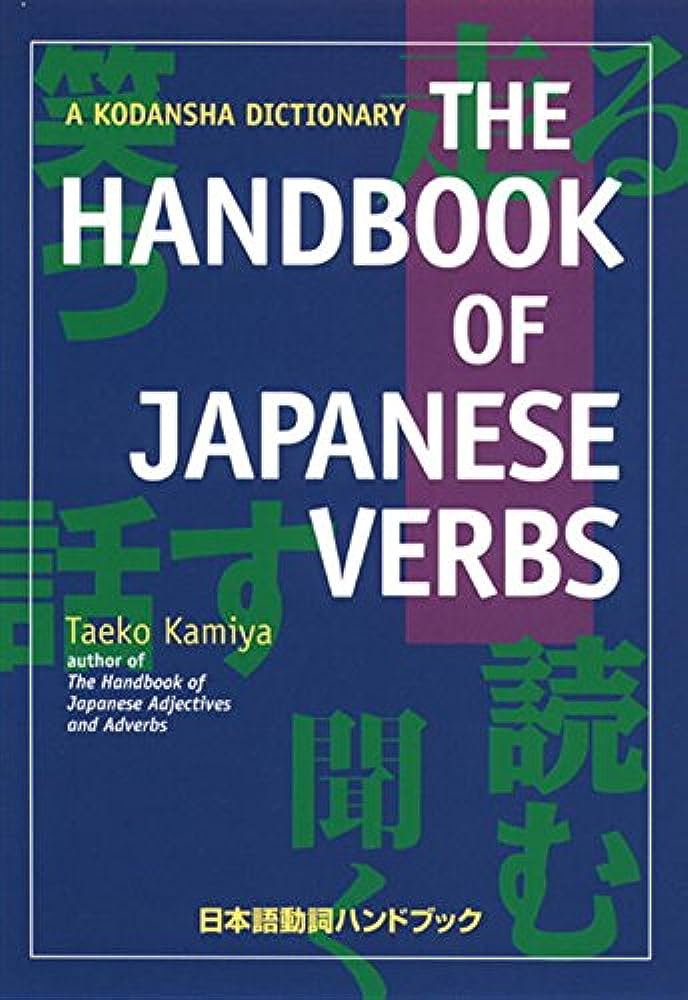
The Handbook of Japanese Verbs is a valuable resource for learners who want to improve their command of Japanese verbs. This comprehensive guide covers all groups of Japanese verbs, making it easier for learners to understand and master each type. It is designed to help you gain a solid foundation in the language by focusing on verb conjugation, usage, and grammar structures.
The examples, exercises, and quizzes in the book provide an engaging way to practice using verbs in various contexts. This handbook is highly recommended for those preparing for the Japanese Language Proficiency Test (JLPT).
Dictionaries
Dictionaries are essential tools for any language learner, and Japanese is no exception. The right dictionary can make a huge difference in your learning journey. Here are two recommended dictionaries:
- Translation Book: A translation dictionary is an indispensable tool for Japanese learners. It helps you understand and communicate in the language by providing accurate translations of words and phrases. One popular option is the Kodansha Kanji Learner’s Dictionary. This dictionary offers a user-friendly format, sample sentences, and comprehensive entries to help you look up and understand kanji effectively.
- JLPT Dictionary: A dictionary specifically tailored for the JLPT can be a valuable resource for learners preparing for the exam. These dictionaries focus on the vocabulary, grammar, and kanji required to pass each JLPT level. They are designed to help you study efficiently by providing clear explanations, example sentences, and practice questions.
Japanese in Cultural Context
Japanese Culture
Learning Japanese goes beyond simply learning grammar and vocabulary. It’s important to understand the cultural context in which the language is spoken. This section will explore various aspects of Japanese culture and its significance for students studying the language.
Japanese culture is rich and diverse, reflecting the country’s long history and unique traditions. When learning Japanese, it’s important for students to be aware of cultural nuances, such as politeness levels and the use of honorific language. This understanding will enable learners to communicate effectively and respectfully with native speakers, especially in business settings.
One key aspect of Japanese culture that learners should be familiar with is the concept of keigo 提 敬語, or honorific language. In Japanese, it’s important to use the appropriate level of politeness based on one’s relationship with the listener. For instance, a textbook like Genki can help students learn basic expressions for showing respect to superiors at work.
Japanese pronunciation is another vital aspect of language learning, as it can significantly impact communication. Many Japanese learners struggle with certain sounds and tones unique to the language. Practicing proper pronunciation is essential to build a strong foundation for further language learning.
Incorporating various elements of Japanese culture into lessons can make language learning more engaging and enjoyable. For example, students can:
- Watch Japanese movies or anime to better understand cultural references, humor, and colloquial language
- Study traditional art forms such as ikebana 生け花 (flower arrangement) and shodō 書道 (calligraphy) to enhance their appreciation of the culture.
- Participate in local cultural events and festivals, where they can interact with native speakers and practice their language skills in real-life situations.
In conclusion, understanding Japanese culture is an essential aspect of language learning. By broadening their knowledge of the country’s unique customs and traditions, students will be better prepared to communicate effectively and respectfully in various contexts.
Moreover, incorporating cultural elements into Japanese lessons will make learning more enjoyable and help learners develop a deeper appreciation for the language and its people.
Reading and Listening Materials
Novels
Novels are a great way to improve your reading comprehension and listening skills in Japanese. For beginners, it is recommended to start with Japanese short stories that are specifically tailored for language learners. One example is the Read Real Japanese series, which includes short stories by contemporary Japanese authors written in easy-to-understand language.
Intermediate students can progress to more challenging novels, such as the popular children’s series Magic Treehouse, which offers furigana alongside more complex kanji to aid in reading. As you become more advanced, you can explore classic Japanese literature and contemporary novels, giving you a deeper understanding of Japanese culture and language.
Manga
Manga is another popular resource for learning Japanese through reading. These Japanese comic books often include furigana and offer a visually engaging way to improve your Japanese language abilities.
Some beginner-friendly manga series are Yotsubato! and Doraemon, which use simple Japanese vocabulary and storylines. For intermediate students, series such as Death Note and Attack on Titan can provide more challenging and varied vocabulary.
To effectively incorporate novels and manga into your Japanese language studies, consider the following:
- Use a dictionary or language app to look up unfamiliar vocabulary words and phrases
- Take notes on new vocabulary and grammar points you encounter
- Reread passages or chapters to improve your overall understanding of the content
- Practice your listening skills by finding audio CDs or digital Japanese books with accompanying narration
Combining novels and manga with other learning resources, such as Japanese textbooks and audio CDs, can help you develop an all-rounded approach to mastering the Japanese language.
Happy learning!




Leave a Comment